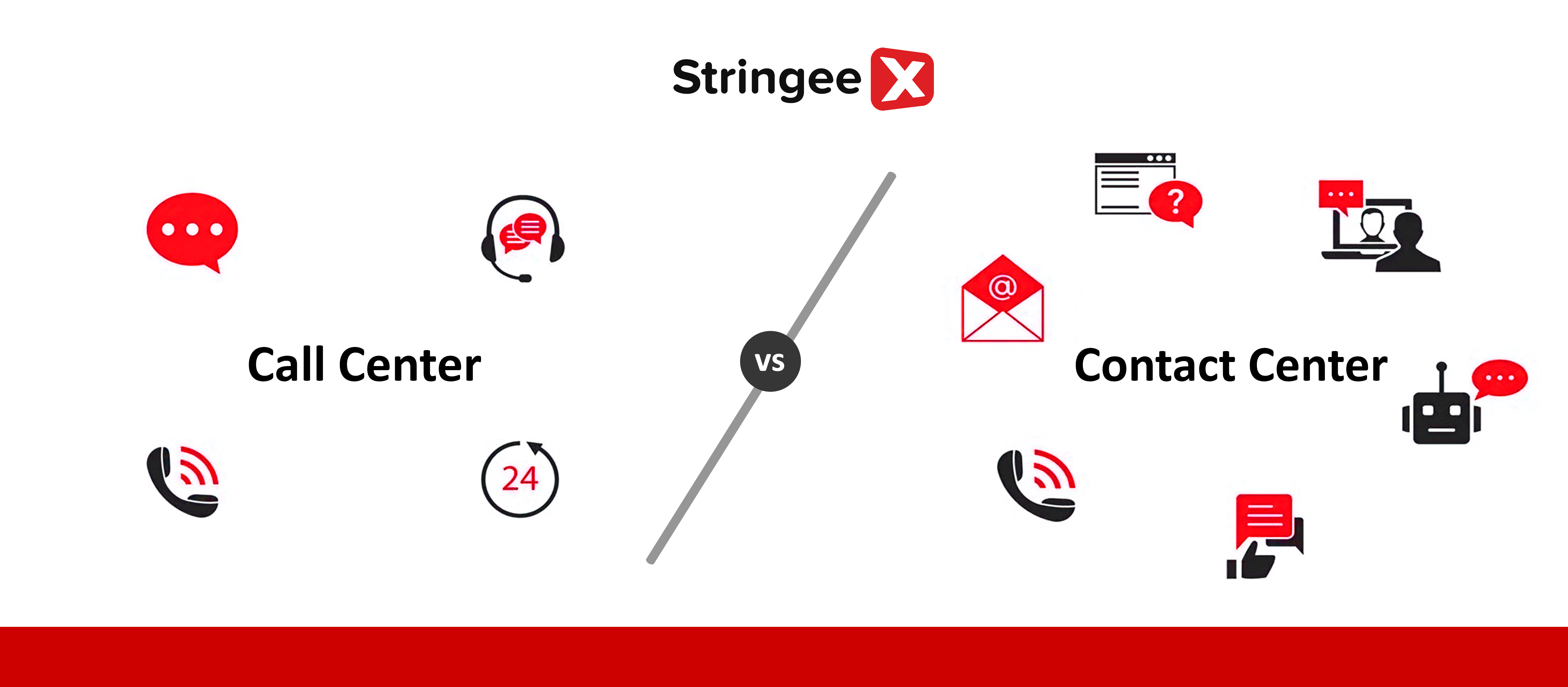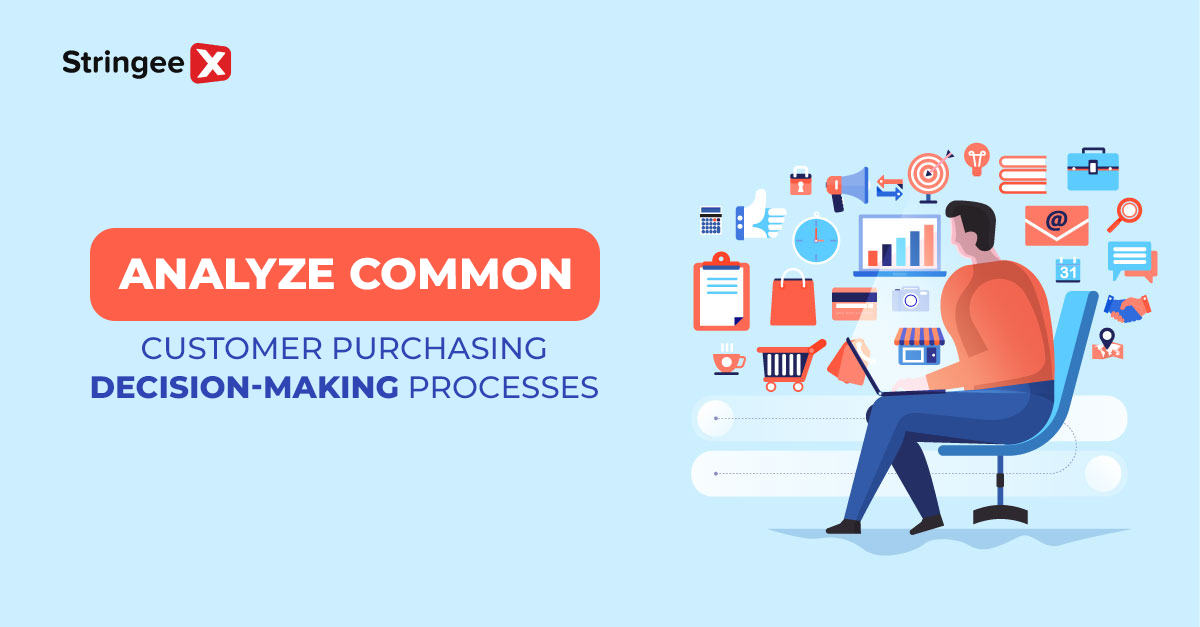Call center vs contact center - Which one is suitable for your business?
Customer service and business have long been closely related. Treating customers well and making them happy can build a good company reputation. Call centers and contact centers are the right platforms to help your business manage customers and support them timely.
If you are looking for solutions and consider using either the call center or the contact center, this article is definitely for you. Let’s learn how call centers and contact center technology differ.
Call center vs Contact Center: what is the difference?
To the common folks, the terms contact center and call center seem to be synonymous. However, The difference between these two terms is like night and day.
A call center can be understood as a hub for customers to converse with agents exclusively on the phone. This type of “center” is typically used to handle inbound and outbound calls.
A contact center, however, can help customers contact customer service agents through a variety of channels (such as voice calling, video calling, email, SMS, live chat, and social media). All of these channels are typically managed by agents with a single platform in which they can handle conversations from all channels within one single software.
That being said, these differences don’t just simply end here. Contact centers and call centers are used for a variety of different purposes and deliver different results. In this article, we’ll be diving into how each one works, the benefits of each center, and how they differ from one another.
>>> Read more: What Is a Contact Center?
The key differences between a call center and a contact center

Communication Channels
As mentioned above, the most obvious difference between a call center and a contact center is the communication channels each one one uses to reach customers. The call center, as stated in the name, is only used to handle inbound and outbound calls through phone channels. Since these conversations happen in real-time and would usually demand the entire focus of an agent for one customer. This reduces the ability of agents to multitask and handle multiple customers at once, especially during peak volume hours. To combat this, companies would have to staff up during peak volume hours, which could ultimately be quite costly.
Contrary to a call center, a contact center uses different digital communication channels (in addition to phones) to engage with customers. Compared to relying on a phone as a sole channel of communication, using different channels can result in faster handling time, since agents would have the ability to tend to many customers at once. With all channels unified into one single software, agents can handle at least three or more customers at once, which will evidently reduce staffing costs.
Since the beginning of the 4.0 era, customers have become much more digitally advanced. As a matter of fact, customers would spend an average of just under 7 hours a day on the internet. To keep up with this rising trend, companies and brands have expanded their support on different channels to cater to the evolving demands and expectations of customers. Now, customers can make queries and ask for support through any channels they prefer.
Data Management
Call centers typically use speech analysis software to gain insights into the personalities and preferences of customers. Though, this method can be inaccurate sometimes since not a whole lot of information can be gathered from voice analysis. On top of that, more manpower would be required to profile these customers, which can add up to the existing cost of a call center.
As contact centers offer a lot more than call centers, they can collect data more accurately and efficiently compared to call centers. Contact centers can gather information not only through voice analysis but also through customer profiles on other platforms as well, with their Omnichannel approach of course. For example, contact centers can gather insights on customers' posts, online activity patterns, and likes and follower counts to determine customer affiliations that might not be apparent over the phone. Ultimately, a contact center will enhance customer profiling for businesses to provide more personalized customer support.
Self-service Application
The majority of call centers use an interactive voice response system, or in short term, an IVR. IVR is an automated phone assistant that responds to keypad entries. This system can route callers to the corresponding agents and perform other simple tasks, such as OTP verification. But most of the time, this technology can be annoying for customers due to its lengthy menu options (with a long waiting time to go through all options) that fail to meet the specific needs of customers.
A contact center, however, offers far beyond just an IVR, contact centers can include chatbots with AI technology to identify the specific needs of customers, which allows customers to find their answers independently and more efficiently. This form of CSS (customer self-servicing) is not only faster but can also reduce live agent workloads. According to a report done by Northridge Group, Customers are increasingly more inclined to use self-service options from an omnichannel contact center than the options in a call center, amid the COVID-19 pandemic.
Technological Features
While the features of a call center and a contact center can be quite similar, contact centers can offer a lot more for businesses and customers.
Aside from the basic calling features, other features of a call center include:
IVR
It is an automated phone assistant assigning the right agent or department to help a customer based on keypad responses.
>>> Read more: What is IVR? Its definition & benefits
Automated call distributor (ACD)
After an IVR determines the appropriate agent a caller needs to speak to, an ACD automatically transfers the caller to that agent or department.
Speech analysis software
This software can analyze calls to detect emotions, such as satisfaction and anger from voice calls. Speech analysis software can help an organization to have insights into the current emotion of a customer,
Workforce management (WFM) system
On some days in a call center, some agents are busier than others, WFM systems can help schedule the appropriate agents in real-time, assigning the appropriate agent to the customer.
In addition to these call center features, contact centers also include the followings:
Email response management system
These systems can help businesses organize, track and archive large volumes of emails.
Omnichannel routing
As contact centers use many channels, agents may struggle to manage their different interactions. Omnichannel routing uses AI to identify a customer's intent and forward all requests to a live agent, regardless of the channel.
Analytics and channel reports
This includes various AI technologies and analysis techniques, providing a holistic view of customer activities across all channels and predictive insights into a customer's future choices. On top of that, contact centers will also provide reporting software that collects raw data across channels to create KPIs, such as first contact resolution and customer effort scores. Managers can monitor these KPIs to ensure quality assurance across channels.
Real-life usage
In terms of real-life uses, call centers typically focus solely on phone-based customers, they are usually used to receive inbound calls and make outbound calls for support or telesales and telemarketing purposes. Due to that reason, call centers are perfect for industries where the customer base heavily relies on phones as their main communication channel (such as banking, financial services, and healthcare services.)
While call centers are used to handle calls via phone channels solely, contact centers can offer an omnichannel experience for customers and simple customer relationship management for businesses. If you want to provide a connected experience across all platforms for your customers then a contact center is the right tool for you. The contact center is most applicable in industries such as E-commerce, serviced-based businesses, and the KYC (know your customer) industries.
The Bottom Line
Call center vs contact center - They have many differences. So it is essential to understand these differences before deciding on the best one for your business.
Though contact centers and call centers share many similarities, the differences between the two are quite various and overwhelming for some. But to put it in simple terms, you can consider a contact center as an upgraded version of a call center, with many helpful features to help you enhance your customer experience and increase workflow.
Stringee provides solutions for call centers and contact centers. Leave your contact info here to receive advice from us!










